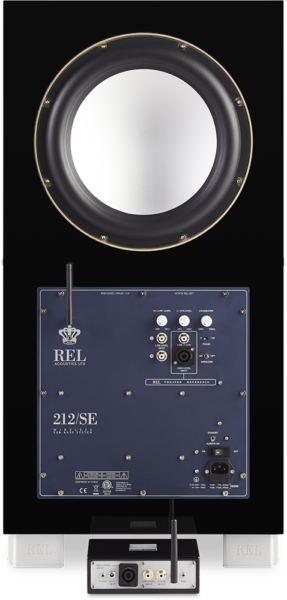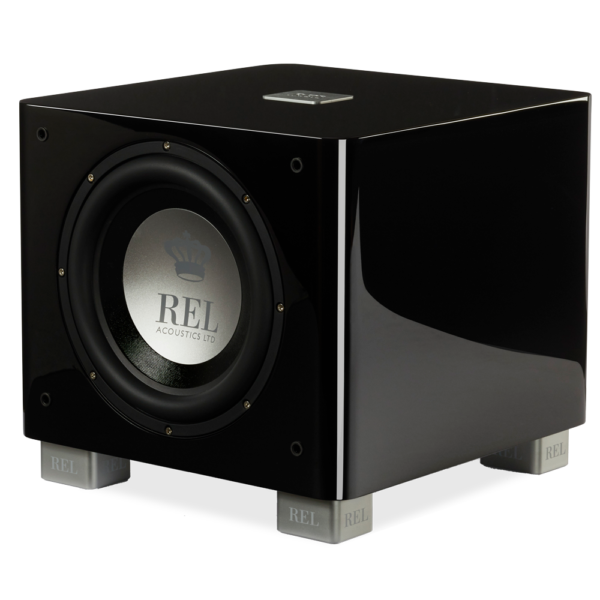Blog
The Story of Longbow
Calling All Wireless Haters
 The year was 2009 the financial meltdown was all around us; it was impossible to pick up a paper, turn on the TV or check your ever-depressing 401K results without sensing the building was about to tumble down around our ears. Yet, in the midst of all this, we were working quietly, heads down focused, on a new form of wireless for high quality sound transmission. Just a few months before, 2 new competing chips had been released that held the promise of truly high quality wireless transmission using quite different standards. Both promised a massive upgrade over the slow and truly awful sounding wireless devices that preceded these chip introductions. For the first time, we had the possibility of hearing ultra-high quality wireless.
The year was 2009 the financial meltdown was all around us; it was impossible to pick up a paper, turn on the TV or check your ever-depressing 401K results without sensing the building was about to tumble down around our ears. Yet, in the midst of all this, we were working quietly, heads down focused, on a new form of wireless for high quality sound transmission. Just a few months before, 2 new competing chips had been released that held the promise of truly high quality wireless transmission using quite different standards. Both promised a massive upgrade over the slow and truly awful sounding wireless devices that preceded these chip introductions. For the first time, we had the possibility of hearing ultra-high quality wireless.
However, this possibility could only become reality if companies noticed and took the leap, actively engaging in a serious research and development effort in the art of wireless. We made this a strategic focus of REL, with the goal of producing a dedicated and truly high fidelity wireless system the average person could pop into a store, buy and install in a minute.
You might be thinking, sure, but doesn’t all wireless sound pretty awful by nature? Thin, compressed, makes no bass and results in a sound so lackluster that the only ones willing to listen to it are teenagers who can seemingly listen to tracks over 2 tin cans and a string as far as sound quality goes—relax, they’ll start to expect better sound soon enough.
What if it didn’t have to be like that? What if wireless could become yet another excellent choice for the discerning listeners who carefully selects high quality cables, well-built, great sounding speaker stands, great electronics, high quality DACs? What if wire still mattered as much as it ever has for the past 30 years, but the freedom to place components like subwoofers where they worked best or could produce maximum sound quality with minimal impact on the aesthetics of a room could enter into the decision? What if we could have our cake and eat it too?
Cut to our first experience. The setting is a studio I designed back in the mid-90’s, a grand room with remarkable capabilities to dissect the finest speakers in the world. It was mid-2009 and we were there to see if we could create a wireless device capable of going head-to-head with really fine copper wire. Our chosen bogie was Audioquest’s Coral if I remember correctly and we wired up a system using a Primare stack driving Cremona M’s with Coral on the right channel and what ultimately became the LongBow on the left channel. Our brilliant, young, then-Chief Engineer Bill Hermann set about optimizing the LongBow to compete with the hardwired channel. Naturally, the system was originally dialed-in using Coral on both channels, then the Longbow was substituted and our work began. Throughout multiple trials—various D/A chips and A/D chips, alterations to the power supplies, etc. – we eventually wound up with a system running full bandwidth using wireless on Left channel and hard-wired on Right driving the Cremona M’s that met our criterion. That’s right, nowhere in this development did we use a REL until we were satisfied it could pass the much harder test of full range high end audio. A year and more of constant tweaking, upgrading and fitment checks, tests to ensure the channel-to-channel latency was being kept ultra-tight and then one night we heard it all come together.
We finally had a true wide bandwidth, full range wireless system running zero compression and capable of handling 2 channels of ultra-high quality sound. We knew we would need 2-channels of simultaneous delivery since we generally run our REL systems full range on speakers, this signal then driving our vaunted High Level Input, plus a dedicated .1/LFE input for special effects in theatre bass. In this way, we ensure that the main speakers become full range and the special signal for the .1/LFE channel is preserved, crossed over appropriately for theater bass and carries its own gain control separate of the level needed for our High Level to blend perfectly. The entire purpose of our designs and the High Level Input in particular is to create a Full Range speaker, meaning one that extends down into the lower 20’s or deeper. In the end, we chose to very slightly increase Longbow’s latency for greater in-room reliability and limited the bandwidth on the LFE channel to avoid interference from other wireless devices.
We set out to build the best sounding wireless full range system in the audio world and only after we had accomplished this, did we refine it for application in our own world of low frequencies. By approaching wireless as a holistic solution, just as we do all our subwoofer designs, we managed to produce a system that is still—and by a goodly margin—the finest sounding wireless system in the industry, far outpacing our needs.
No small wonder then that we routinely have knowledgeable dealers asking us whether we have plans to issue a complete Send and Receive system with full bandwidth restored so they can use LongBow as a wireless in-room main audio system – as to-date all LongBow applications have had the Receive function built-in to the matching sub. Who knows, if we get enough requests from customers, maybe we’ll consider it someday.
Enjoy the Music!
John Hunter
Owner & Sales/Design Director










